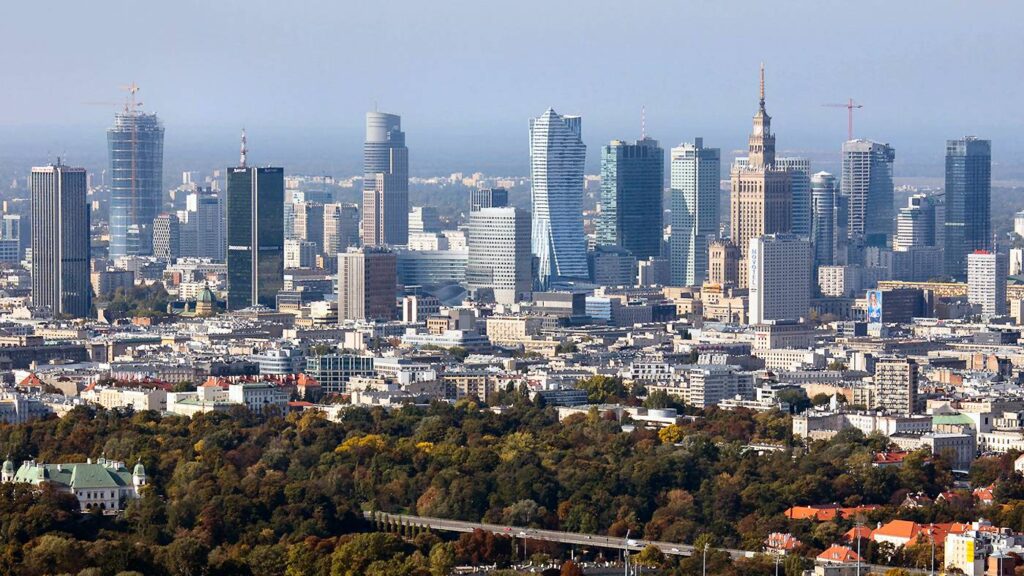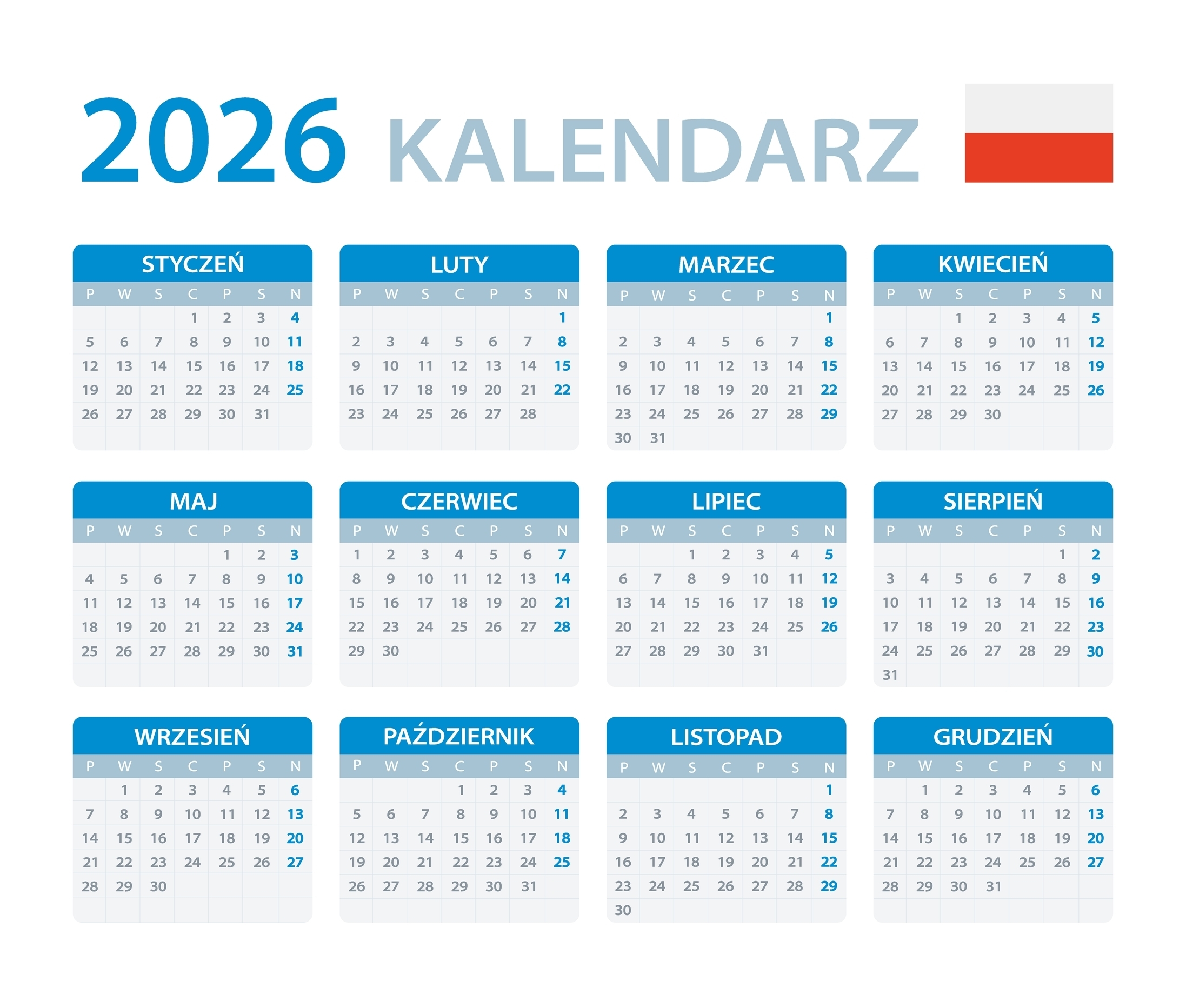Skyward expansion: the art and science of skyscraper construction in city centers
Skyscrapers, the titans of urban evolution, define the skylines of bustling city centers across the globe. These towering monoliths are not just feats of engineering marvel. But signify economic growth, architectural ingenuity, and the ever-changing urban landscape. Whether it’s the awe-inspiring height or the innovative design, skyscrapers represent humanity’s ambition to reach new heights. But how does one embark on the journey of erecting such colossal structures amidst the dense web of urban life? This comprehensive guide will take you through the intricacies of skyscraper construction in city centers, addressing frequently asked questions and uncovering the hidden marvels behind these architectural masterpieces.

Understanding the Need for Skyscrapers
In urban hubs where every square meter of land is a precious commodity, skyscrapers emerge as a pragmatic solution to accommodate the burgeoning population. They allow cities to maximize space efficiently while enhancing the infrastructure’s sophistication and functionality.
Key Benefits of Skyscrapers:
- Tackling Urban Density: With populations flocking to urban areas, vertical expansion becomes a necessity.
- Economic Growth: High-rise buildings attract businesses, thereby boosting economic activities.
- Modern Amenities: Skyscrapers often house premium residential and office spaces equipped with state-of-the-art facilities.
- Environmental Impact: Skyscrapers use land efficiently, and modern designs are increasingly embracing sustainable practices.
Challenges of Building Skyscrapers in City Centers
While skyscrapers present numerous advantages, their construction isn’t without its hurdles.
-
Zoning Laws and Regulations: Before construction can begin, a myriad of legal requirements must be addressed, varying from city to city. Zoning laws ensure that new constructions are harmoniously integrated into the existing urban fabric.
-
Engineering Challenges: The taller the building, the more complex the engineering. The construction involves an interdisciplinary approach comprising of structural engineers, architects, and a suite of specialists.
-
Environmental Considerations: With cities placing greater emphasis on sustainability, constructing skyscrapers that align with environmental standards is challenging but crucial. For example, the use of clean energy sources, green roofs, and regenerative elevators are just some ways architects make buildings more environmentally conscious.
-
Cost Management: Building skyscrapers involves significant investment. It requires careful budget planning to manage costs effectively without compromising on quality.
-
Public Transit and Infrastructure Strain: Large-scale projects can strain existing infrastructures. Forward-thinking designs aim at integrating public transit solutions to manage city congestion effectively.
Tech Innovations in Skyscraper Construction
Technology serves as the backbone in enabling the construction of ever-taller buildings, ensuring safety and efficiency.
-
Building Information Modeling (BIM): An essential tool in modern architecture, BIM allows detailed 3D visualization of projects, facilitating better collaboration during the design and construction stages.
-
Advanced Materials: The adoption of high-strength concrete, innovative steel alloys, and glass with smart glazing has significantly enhanced skyscraper resilience.
-
Robotics and Automation: The introduction of robotics in construction sites increases efficiency and precision, reducing human error in challenging jobs.
FAQs: People Also Ask
1. How do skyscraper foundations work in dense city centers? Foundations are the soul of skyscrapers, with different designs such as pile or mat foundations being considered based on the soil composition and proximity to water tables.
2. What role does wind play in designing skyscrapers? Wind loads are crucial design considerations. Engineers utilize wind tunnel tests to understand and mitigate wind effects on structures.
3. How long does it take to construct a skyscraper? Typically, it can range from 3-5 years, depending on the building’s height, design complexity, and scope.
Crafting Tomorrow’s Skyline: The Future of Skyscraper Construction
As technology evolves, the future of skyscraper construction looks toward integrating futuristic materials, AI-driven design processes, and carbon-neutral construction methodologies.
-
Floating and Rotating Skyscrapers: Urban designers are experimenting with buildings that rotate 360 degrees and float above ground, redefining urban space utilization.
-
Vertical Greenhouses: These concepts aim to bridge urban living with agriculture, making cities self-sustainable.
-
Innovative Transportation Integration: Future skyscrapers might come with embedded drone ports for personal and commercial use inside the buildings themselves.
As the world moves towards more innovative and daring architectural pursuits. The journey of constructing skyscrapers in city centers remains an exhilarating blend of promise, challenge, and vision. Every skyscraper that pierces the sky serves as a testament to human ambition and the endless horizon of architectural possibilities.















